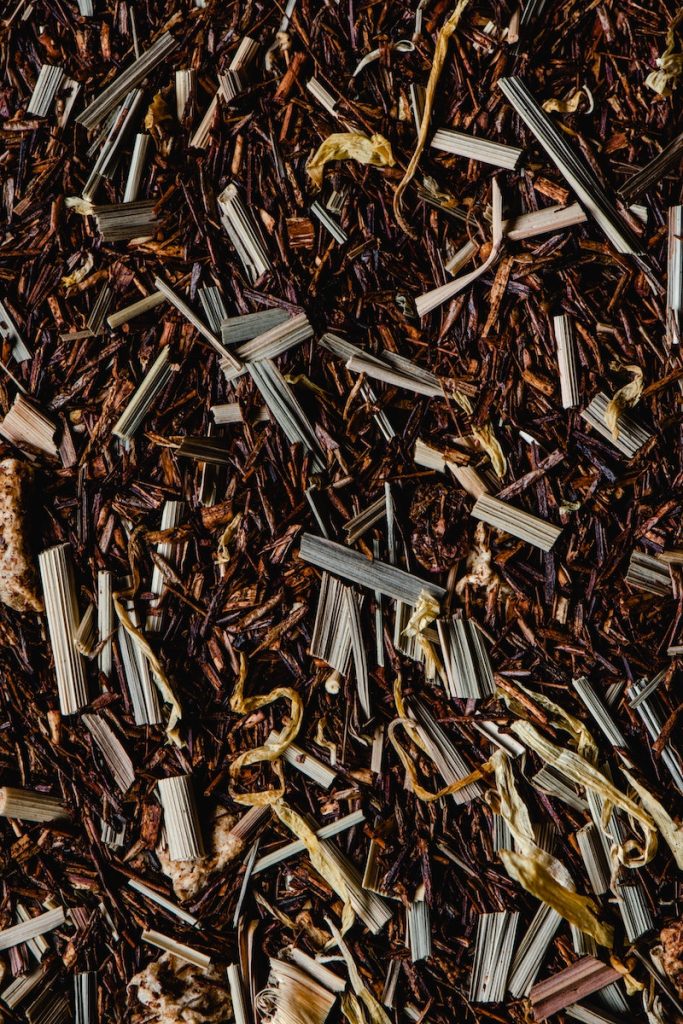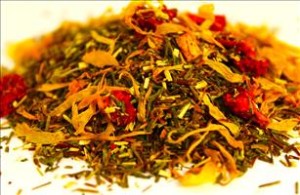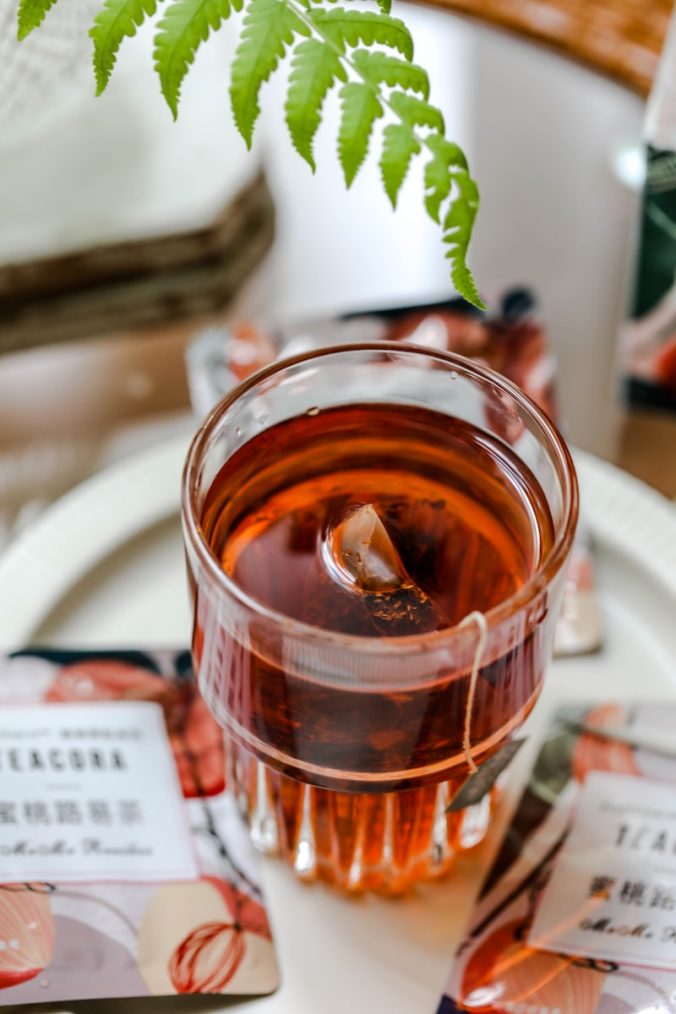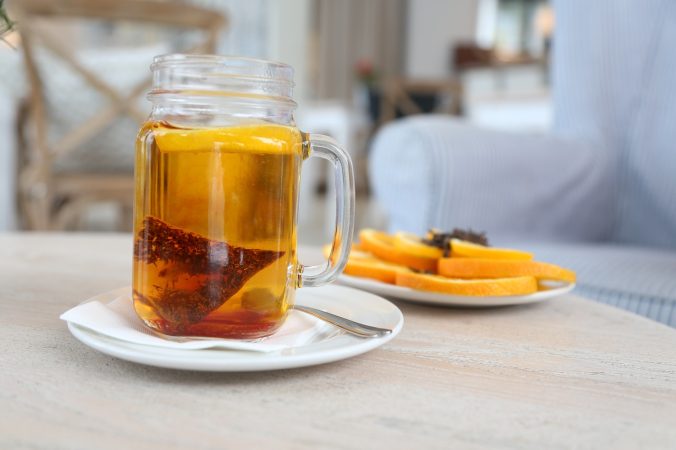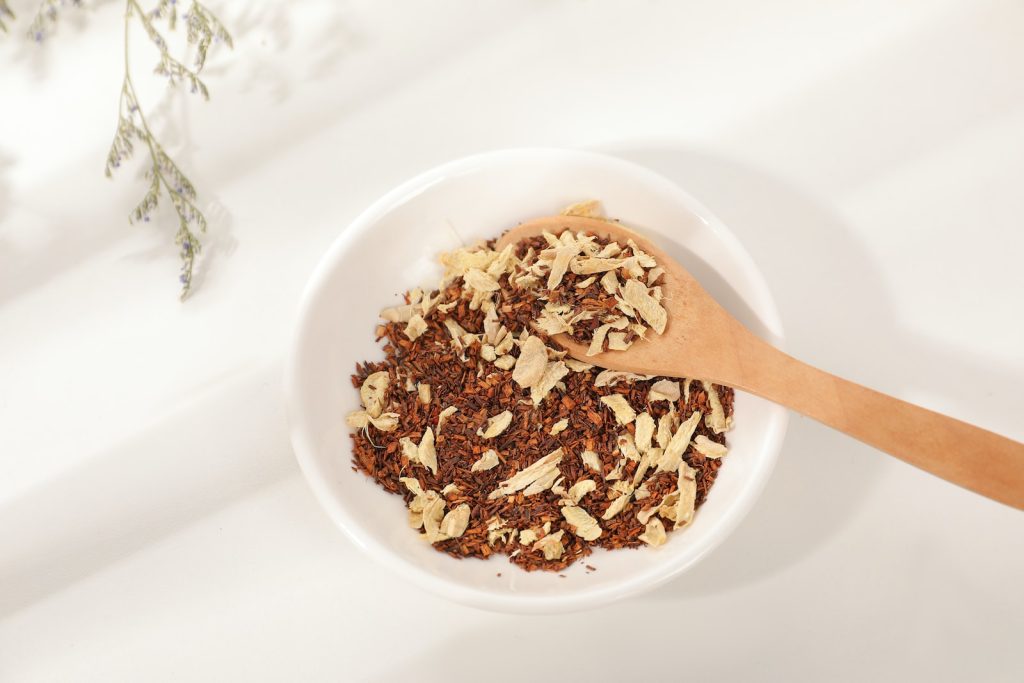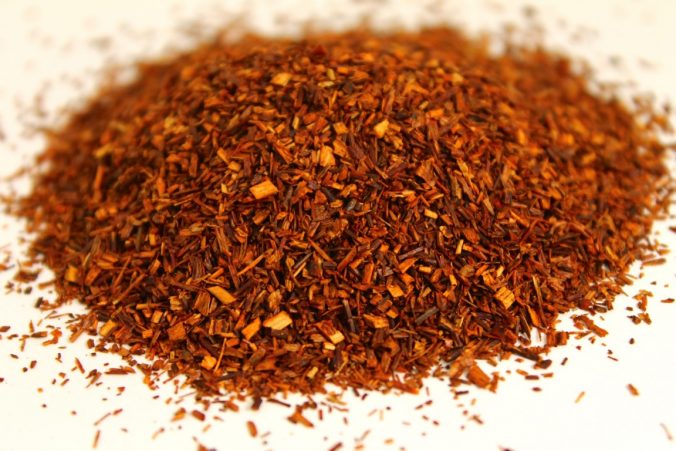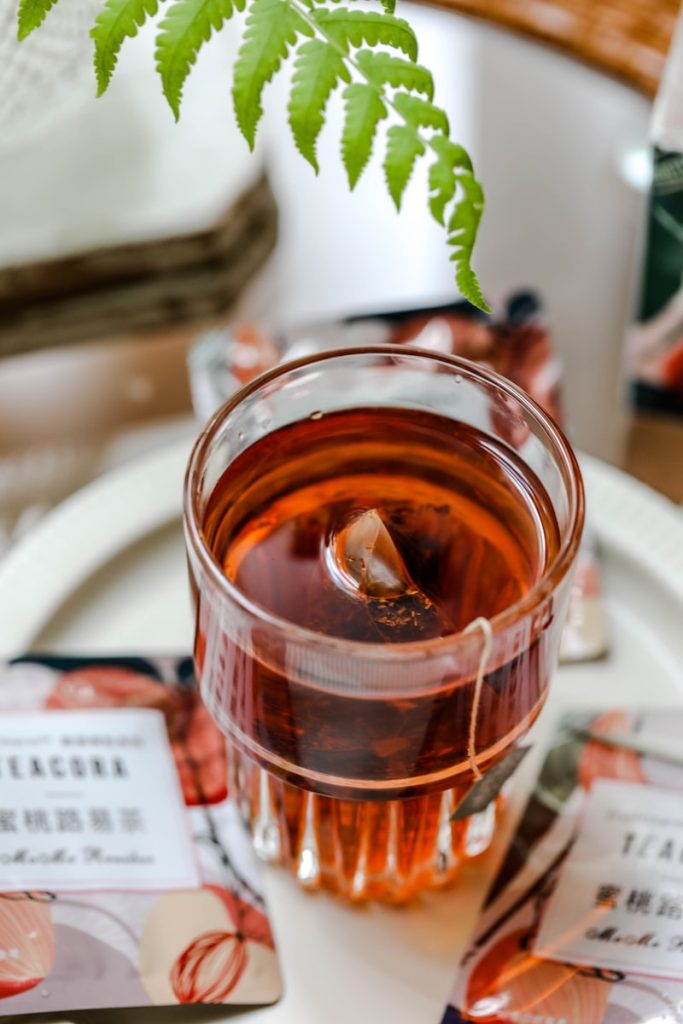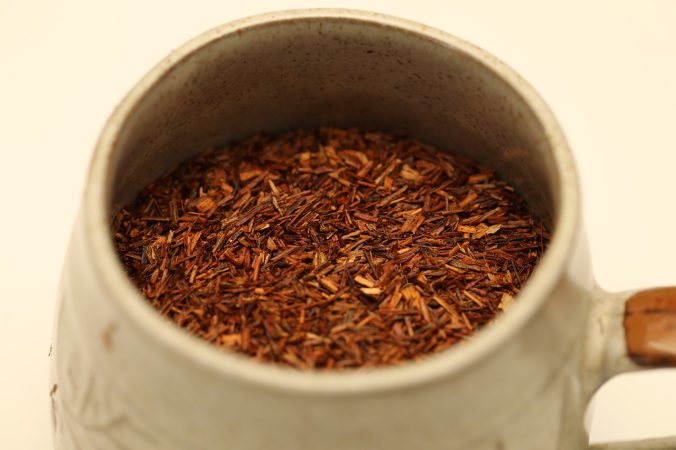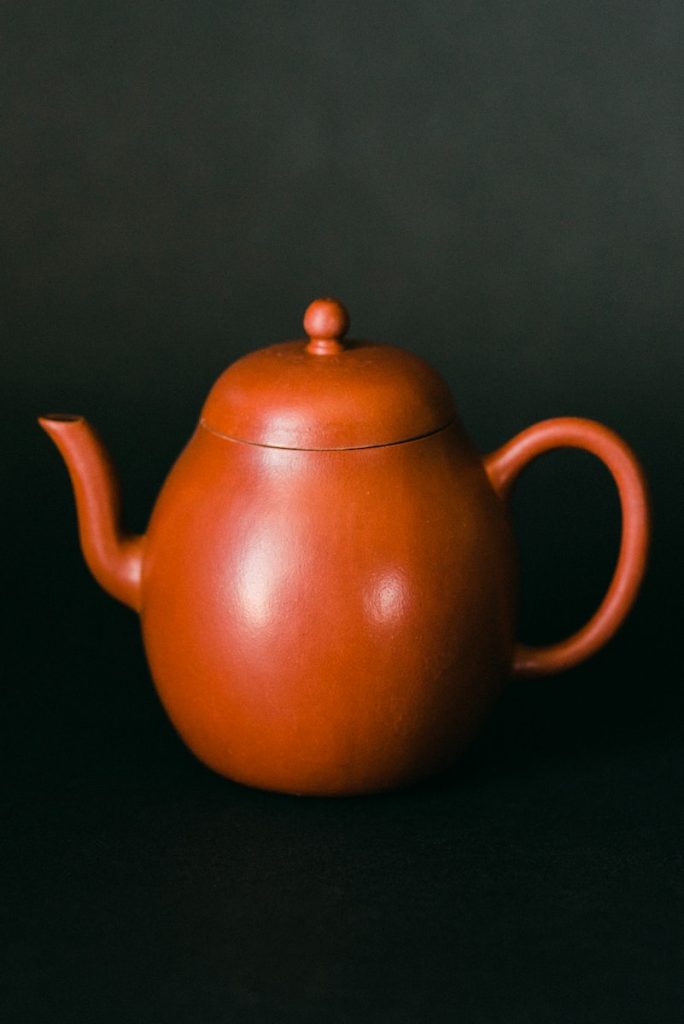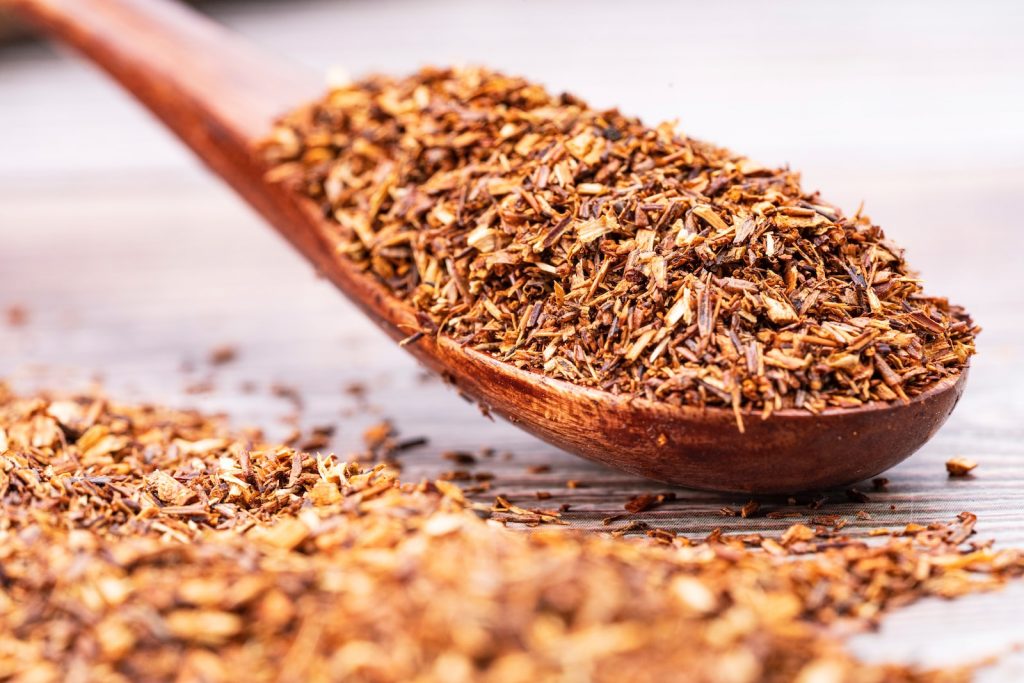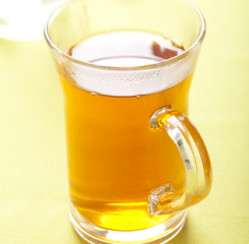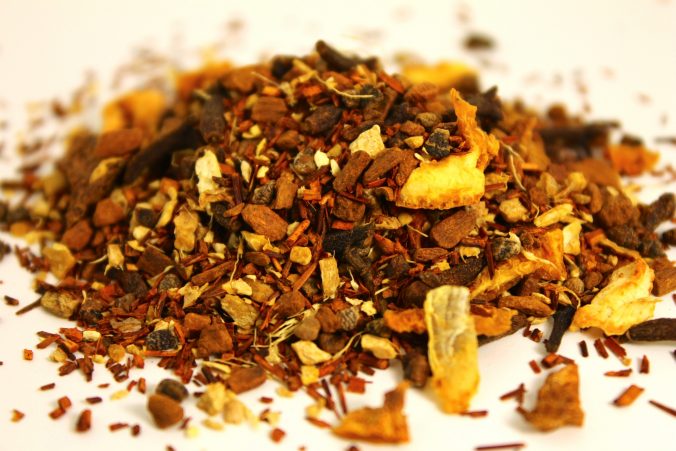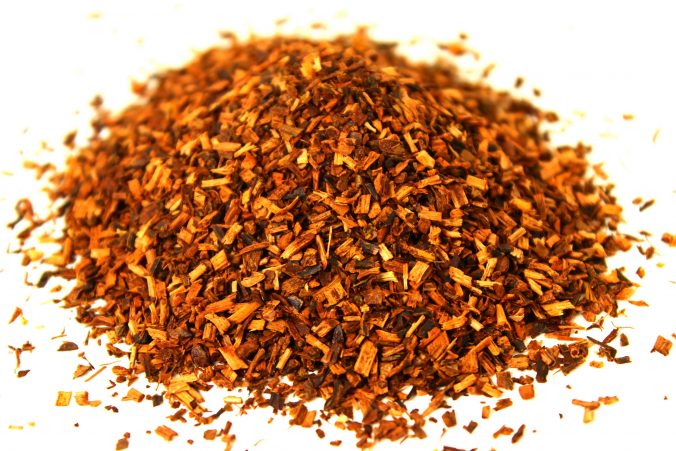Table of Contents
- What Is Fruit Tea?
- The History Of Fruit Tea
- Benefits Of Drinking Fruit Tea
- Common Fruits Used In Fruit Tea Blends
- How To Brew The Perfect Cup Of Fruit Tea
- Fruit Tea Recipes To Try At Home
- Fruit Tea Vs. Herbal Tea: What’s The Difference?
- Frequently Asked Questions
- Conclusion
Hey there, fellow tea enthusiasts! Are you looking for a refreshing and healthy alternative to your usual cup of tea? Look no further than fruit tea!
As an expert in all things related to this delightful beverage, I’m excited to share with you everything you need to know about fruit tea.
Firstly, let’s talk about what exactly is fruit tea. Simply put, it’s a blend of dried fruits or herbs that are infused into hot water to create a flavorful and aromatic drink.
Fruit teas come in a wide variety of flavors and can be enjoyed both hot and cold, making them perfect for any season. Not only do they taste delicious, but they also offer numerous health benefits due to the vitamins and antioxidants found in the fruits used in their blends.
So sit back, relax, and prepare to learn all about the wonderful world of fruit tea!
What Is Fruit Tea?
Ah, the sweet and refreshing taste of fruit tea. It’s a beverage that has been enjoyed for centuries by people all over the world. But what exactly is it? Well, my dear reader, let me enlighten you.
Fruit tea is a type of herbal tea that is made from dried fruits, flowers, spices, and herbs. Unlike traditional teas, which are brewed from leaves of the Camellia sinensis plant, fruit teas do not contain caffeine. They come in an array of flavors such as peach, raspberry, apple cinnamon and many more to tantalize your taste buds with every sip.
The popularity of fruit tea has skyrocketed in recent years due to its numerous health benefits. A cup of fruit tea can help boost immunity levels while providing essential vitamins and minerals. One sip will have you feeling rejuvenated and refreshed – ready to take on the day ahead!
When it comes to finding the best brands to try out for yourself or gift to others who love fruity drinks like you do; there are plenty available! Some notable ones include Teavana’s Peach Tranquility Herbal Tea Blend or Tazo Wild Sweet Orange Herbal Tea – both perfect options for those looking for deliciously fruity flavor profiles without any added sugars or artificial ingredients.
So go ahead and indulge in a cup (or two) of this delectable drink today! Trust us when we say that once you’ve tried fruit tea at least once – your life won’t be complete without it ever again!
The History Of Fruit Tea
Now that we’ve covered what fruit tea is, let’s dive into its fascinating history.
Fruit tea has been enjoyed for centuries, and its origins can be traced back to ancient China. In traditional Chinese medicine, fruit teas were used as remedies for various ailments due to their natural health benefits.
Over time, the popularity of fruit tea spread throughout Asia and eventually made its way to Europe in the 17th century. At first, it was only available to the wealthy elite, but as trade routes expanded and technology advanced, it became more accessible to the general public.
As with any beverage or food item, fruit tea has evolved over time. Today there are countless varieties of fruit tea blends available on the market. Some include exotic fruits from around the world while others stick to classic combinations like apple and cinnamon or peach and ginger.
If you’re new to fruit tea or just looking for some inspiration for your next cuppa’, here are four fruity blends worth trying:
- Blueberry Hibiscus – This blend combines sweet blueberries with tart hibiscus flowers for a refreshing and antioxidant-packed drink.
- Mango Passionfruit – Tropical flavors abound in this popular blend featuring juicy mangoes and tangy passionfruit.
- Strawberry Lemonade – Satisfy your sweet tooth without all the sugar by sipping on this delightful strawberry lemonade flavored tea.
- Pineapple Coconut – Transport yourself to a tropical paradise with this flavorful blend of pineapple and coconut pieces.
As a self-proclaimed expert on all things fruit tea-related, I highly recommend exploring different types of blends and finding your perfect match. Whether you prefer it hot or cold, with honey or milk, there’s a fruity combination out there waiting for you!
Remember: The evolution of fruit tea is ongoing, so keep an eye out for new blends hitting shelves near you soon!
Benefits Of Drinking Fruit Tea
Drinking fruit tea offers numerous health benefits that make it a worthwhile addition to your daily routine. Not only does it provide hydration, but it also contains antioxidants and vitamins that can help improve overall health. One of the most notable benefits is its ability to boost the immune system, which helps prevent illnesses such as colds and flu.
But aside from the health advantages, fruit teas come in a wide range of delicious flavor combinations that are sure to please any palate. From tropical blends like pineapple-mango or coconut-pineapple, to more traditional options like apple-cinnamon and lemon-ginger, there’s something for everyone. Many people find these fruity infusions especially refreshing during hot weather months when they need something cool but flavorful.
Another benefit of drinking fruit tea is its calming effect on the mind and body. Some varieties contain herbs like chamomile or lavender that have been used for centuries as natural stress relievers. The aroma alone can be soothing and relaxing after a long day at work or school.
Overall, incorporating fruit tea into your diet is an excellent way to promote better well-being while enjoying delicious flavors. Whether you’re looking for an alternative to sugary drinks or simply want to try new taste sensations, there’s no shortage of options available. So why not brew up a pot today and experience all the amazing benefits for yourself?
| Emotions | Benefits | Flavors |
|---|---|---|
| Refreshed | Boosts Immune System | Pineapple-Mango |
| Comfortable | Calming Effect on Mind & Body | Apple-Cinnamon |
| Relaxed | Contains Antioxidants & Vitamins | Lemon-Ginger |
Note: These emotions are subjective based on individual preferences towards flavors and experiences with certain fruits/ingredients in their diets.
Common Fruits Used In Fruit Tea Blends
Picture a beautiful garden filled with different kinds of fruits. Each fruit has its own unique flavor and aroma that can delight your senses. As a fruit tea expert, I believe that these fruits are the key ingredients in making delicious fruit tea blends.
One of the most popular fruits used in fruit tea blends is strawberry. It’s no surprise why many people love this sweet and juicy fruit. Strawberry adds a refreshing taste to any tea blend, making it perfect for summer days or as an after-dinner drink. Whether you like it hot or iced, strawberry-infused tea is definitely worth trying.
Another crowd-pleaser when it comes to fruit teas is peach. This fragrant and flavorful fruit lends itself well to tea blending because of its natural sweetness and subtle tanginess. Peach-infused teas are often paired with other complementary flavors such as ginger or lemon to create a balanced mix of tastes.
If you’re looking for something more exotic, then passionfruit might be just what you need. This tropical fruit has a distinct tartness which makes it ideal for adding zing to any tea blend. Passionfruit pairs perfectly with citrusy notes like lime or orange, giving your cup of tea a burst of sunshine even on gloomy days.
Lastly, let’s not forget about blueberries! These tiny but mighty berries are packed with antioxidants and have a unique taste that complements many types of teas. Blueberry-infused teas can be enjoyed both hot and cold, and they make great additions to afternoon snacks or breakfast meals.
As you can see, there are plenty of popular fruits that can be used in creating unique and tasty fruit tea blends. Don’t be afraid to experiment with different combinations until you find the ones that suit your palate best!
How To Brew The Perfect Cup Of Fruit Tea
When it comes to brewing the perfect cup of fruit tea, there are some essential techniques that every tea lover should know.
Firstly, always use fresh and cold water when boiling your kettle. This is because hot water from a previously boiled kettle can have a flat taste, which will affect the overall flavor of your tea.
Next, choose the best fruit tea blends for your personal preferences. Whether you love citrusy or berry flavors, there’s sure to be a blend out there that’ll satisfy your taste buds. It’s important to read the instructions on each packet carefully as different blends require varying brew times and temperatures.
To get the most out of your brew time, make sure you steep your tea correctly. Oversteeping can result in a bitter-tasting cuppa while under-steeping may leave you with a weak-tea experience. The ideal steeping time depends on the type of fruit tea but generally ranges between 3-5 minutes.
Lastly, consider adding natural sweeteners like honey or agave nectar to enhance the fruity flavors in your tea without overpowering them. Alternatively, add slices of fresh fruits such as lemon wedges or berries for an extra burst of sweetness and visual appeal.
Remember these tips when preparing a delicious cup of fruit tea at home next time around! With the right brewing techniques and selection process of top-quality fruit teas – you’re well on your way to becoming an expert yourself.
Fruit Tea Recipes To Try At Home
Did you know that fruit tea is not only delicious, but also incredibly versatile? With endless flavor combinations and brewing methods, the possibilities are truly endless.
If you’re looking to switch up your usual cup of tea, why not try making some fruity blends at home? Summer blends are a great place to start when it comes to fruit teas.
One refreshing option is an iced watermelon mint tea – simply brew your favorite green or black tea blend with fresh watermelon cubes and a few sprigs of mint. Another popular summer choice is peach ginger tea, which can be made by combining sliced peaches and grated ginger root with hot water.
For those who prefer a spicier kick in their beverages, there are plenty of options for spiced fruit teas as well. Try brewing cinnamon apple tea by steeping thinly sliced apples and cinnamon sticks in boiling water. Or experiment with chai-style blends using cloves, cardamom pods, and star anise mixed with dried fruits like cranberries or apricots.
Don’t forget to get creative with your own unique recipe ideas too! Mix and match different fruits and spices until you find your perfect combination.
Fruit teas can be enjoyed hot or cold, so feel free to experiment with different brewing techniques based on your preferences. By incorporating these flavorful recipes into your routine, you’ll be able to enjoy all the benefits of fruit teas from the comfort of your own home.
So why not give it a try today?
Fruit Tea Vs. Herbal Tea: What’s The Difference?
Now that we’ve explored some delicious fruit tea recipes to try at home, let’s take a moment to delve into the differences between fruit tea and herbal tea. While both of these types of teas offer unique health benefits and taste profiles, there are some key distinctions between the two.
Firstly, it’s important to note that all fruit teas contain actual pieces of fruit in addition to tea leaves or herbs, while herbal teas do not necessarily include any real fruits. This means that fruit teas tend to be sweeter and more flavorful than their herbal counterparts, which often rely on spices and flowers for their taste profile.
In terms of health benefits, both fruit teas and herbal teas are excellent sources of antioxidants and other beneficial compounds. However, because fruit teas contain actual pieces of fruit, they may provide additional vitamins and minerals as well. For example, many fruit teas are high in vitamin C thanks to the inclusion of citrus fruits like oranges or lemons.
When it comes down to taste comparison between these two types of tea, it really depends on personal preference. If you’re looking for a sweeter option with bold fruity flavors, then a fruit tea is likely your best bet. On the other hand, if you prefer a more subtle flavor profile with complex floral or spiced notes, an herbal tea may be right up your alley.
To help paint a clearer picture of the differences between these two types of tea, here are four key characteristics to keep in mind:
- Fruit teas always include pieces of actual fruit.
- Herbal teas can have more nuanced flavor profiles thanks to ingredients like flowers and spices.
- Fruit teas tend to be sweeter overall.
- Both types of tea offer valuable health benefits but may differ slightly depending on specific ingredients used.
As someone who has spent years studying and experimenting with different varieties of tea blends, I firmly believe that there is no ‘right’ answer when it comes to choosing between fruit tea and herbal tea. Ultimately, it all comes down to personal taste preferences and the specific health benefits you’re looking for in your daily cuppa. So why not try both and see which one speaks to you?
Frequently Asked Questions
Can Fruit Tea Be Consumed Hot And Cold?
Whether you prefer to sip on a hot cup of fruit tea or enjoy it over ice, the answer is yes, fruit tea can be consumed both ways!
Brewing tips may vary depending on your desired temperature, but one thing remains constant – flavor combinations are endless.
As a fruit tea expert, I have found that certain fruits like peach and mango lend themselves well to iced versions while others such as apple and cinnamon make for a cozy warm beverage.
And don’t forget about experimenting with mix-ins like honey or lemon slices to truly enhance the flavors.
So go ahead, try brewing up some fruit tea in whichever way suits your mood and taste buds.
Is Fruit Tea A Good Option For People With Diabetes?
For those looking for fruit tea alternatives that won’t spike blood sugar levels, I highly recommend giving certain blends a try.
For example, hibiscus and cinnamon teas have both been shown to help manage blood sugar with their natural compounds.
Additionally, adding a touch of lemon or lime to your fruit tea can also help slow the absorption of sugars into the bloodstream.
As a fruit tea expert, I always encourage people with diabetes to carefully monitor their intake and choose options that work best for them.
Does Fruit Tea Contain Caffeine?
Fruit tea is a popular beverage that comes in different flavors and varieties. One of the common questions about it is whether it contains caffeine or not.
As a fruit tea expert, I can say that most fruit teas are naturally caffeine-free because they don’t contain any tea leaves from the Camellia sinensis plant which is responsible for caffeine content. However, some brands may add small amounts of caffeine to their fruit tea blends. If you’re sensitive to caffeine, it’s best to check the label before purchasing your favorite flavor.
Fruit tea is also great for hydration and can be enjoyed anytime during the day or night. In fact, certain types of fruit teas like chamomile and passionflower have calming properties that promote relaxation and better sleep quality. So if you’re looking for a delicious way to stay hydrated while winding down after a long day, try adding some fruit tea into your routine!
Can Fruit Tea Be Used For Weight Loss?
When it comes to shedding those stubborn pounds, we all know the drill: eat healthy and exercise regularly.
But did you know that incorporating fruit tea into your diet can also aid in weight loss? Fruit tea is not only delicious but packed with benefits too!
With a variety of flavors to choose from, including citrusy lemon, sweet peach or tangy raspberry, there’s sure to be a flavor for everyone. The natural ingredients found in fruit teas are known to boost metabolism and suppress appetite- making them an amazing addition to any weight loss plan.
So why not sip on some fruity goodness while working towards your fitness goals?
Is There A Specific Time Of Day When It Is Best To Drink Fruit Tea?
To fully reap the benefits of fruit tea, it is important to consume it at the right time.
While there isn’t necessarily a specific time of day that is better than others for drinking fruit tea, there are certain varieties that may be more suitable for different times.
For example, if you’re looking for something to help you wind down before bed, chamomile and lavender-infused fruit teas can provide relaxation properties.
On the other hand, if you need an energy boost in the morning or midday, citrus-based fruit teas such as lemon or orange can give you a refreshing pick-me-up.
Ultimately, choosing the right variety of fruit tea based on your needs and preferences will enhance its benefits and make for a more enjoyable experience overall.
Conclusion
So there you have it, everything you need to know about fruit tea!
As a fruit tea expert, I highly recommend trying both hot and cold versions of this delicious beverage. Whether you’re looking for a caffeine-free option or want to indulge in something sweet without the added sugars, fruit tea has got you covered.
While it may not be a magic weight loss solution, incorporating fruit tea into your diet can definitely help with hydration and overall wellness.
And for those with diabetes, rest assured that many varieties of fruit tea are safe to consume in moderation.
So why not give this refreshing drink a try? Your taste buds (and body) will thank you!


